2015 Koenigsegg One:1 Chassis no. YT9LK1A38EA007111 •1,360 bhp/1,360 kg •One of only six made •597km from new •'As new' condition Fußnoten Holder of the Guinness World Record as builder of the fastest production car, the Swedish firm of Koenigsegg succeeded - against all the odds - in establishing itself in the front rank of supercar manufacturers within a decade of its foundation. Among UK motoring enthusiasts Koenigsegg is now a household name, thanks to its setting a new lap record on BBC Television's Top Gear programme in 2006, ahead of all contemporary supercars. The company was founded in 1994 by sports car enthusiast Christian von Koenigsegg, who was running a successful import/export business at the time. His aim was nothing less than the creation of the ultimate performance car, where no technical solution would be deemed too difficult. Christian himself drew up the initial layout and in those days he even hand-modelled everything himself, together with a few friends who helped out for meagre wages. Nowadays, of course, the company has its own R&D department boasting state-of-the-art equipment, but in the beginning inspiration, enthusiasm and imagination had to suffice. Incredibly, the first prototype was completed in 1996, only two years after the project had commenced. Rather like its cars, the Koenigsegg company moved at a record pace and in 2002 began series production of the CC8S model, which was crash-tested and homologated for sale in Europe. The CC8S's arrival demonstrated that it was indeed possible for a passionate, dedicated young manufacturer to compete with the older, long-established supercar brands. After a fire at its original premises, Koenigsegg relocated in 2003 to its present location and headquarters: a former fighter jet facility that had previously belonged to the Swedish Air Force. Along with the buildings came a 1.7km runway, which turned out to be perfect for high-speed testing. Since the runway is 50 metres wide it can also serve as a test track. Many Koenigsegg customers have enjoyed landing their private jets just outside the factory gates, and there is also a heli-pad in front of the main entrance. In the spring of 2004 Koenigsegg launched the CCR, a supercar that surpassed all others, breaking the Guinness World Record for the fastest production road car, which until then had been held by the McLaren F1. In 2006 a Koenigsegg CCX set fastest lap in the now famous Top Gear programme, and then the following year Koenigsegg launched the CCXR: a 1,018bhp version of the CCX capable of running on environmentally friendlier E85 fuel. This pioneering development made it the world's first 'green' supercar, but Koenigsegg was not done with record breaking yet, setting a new 0-300-0km/h record of just 29 seconds with a CCX earlier this year. Although built to excel on the racetrack, the Koenigsegg is nevertheless a comfortable means of high-speed long-distance travelling. Successor to the CCX/CCXR, the Agera arrived in 2011 having been named 'Hypercar of the Year' by Top Gear magazine in 2010. In 2017, the Agera RS variant became the world's fastest production car, setting a record with a GPS-verified two-way average top speed of 447km/h (278mph) and a fastest straight-line speed of 458km/h (285mph). And if the stock Agera RS's mere 1,176 PS still wasn't enough, in March 2014 Koenigsegg presented the One:1 at the Geneva Motor Show, the car's name being derived from its 1:1 power-to-weight ratio (1,360 PS to 1,360 kg). The 1,360 PS (1,341bhp) power output is the equivalent of a little over one megawatt, which Koenigsegg claimed makes the One:1 the "world's first megacar". Supplying this superfluity of horsepower was a variant of the 5.0-litre twin-turbocharged V8 engine used in the other members of the Agera family, the latter's seven-speed dual-clutch paddle shift transmission being another carryover. In addition to the Geneva Motor Show example, Koenigsegg built a further six production models, mak
2015 Koenigsegg One:1 Chassis no. YT9LK1A38EA007111 •1,360 bhp/1,360 kg •One of only six made •597km from new •'As new' condition Fußnoten Holder of the Guinness World Record as builder of the fastest production car, the Swedish firm of Koenigsegg succeeded - against all the odds - in establishing itself in the front rank of supercar manufacturers within a decade of its foundation. Among UK motoring enthusiasts Koenigsegg is now a household name, thanks to its setting a new lap record on BBC Television's Top Gear programme in 2006, ahead of all contemporary supercars. The company was founded in 1994 by sports car enthusiast Christian von Koenigsegg, who was running a successful import/export business at the time. His aim was nothing less than the creation of the ultimate performance car, where no technical solution would be deemed too difficult. Christian himself drew up the initial layout and in those days he even hand-modelled everything himself, together with a few friends who helped out for meagre wages. Nowadays, of course, the company has its own R&D department boasting state-of-the-art equipment, but in the beginning inspiration, enthusiasm and imagination had to suffice. Incredibly, the first prototype was completed in 1996, only two years after the project had commenced. Rather like its cars, the Koenigsegg company moved at a record pace and in 2002 began series production of the CC8S model, which was crash-tested and homologated for sale in Europe. The CC8S's arrival demonstrated that it was indeed possible for a passionate, dedicated young manufacturer to compete with the older, long-established supercar brands. After a fire at its original premises, Koenigsegg relocated in 2003 to its present location and headquarters: a former fighter jet facility that had previously belonged to the Swedish Air Force. Along with the buildings came a 1.7km runway, which turned out to be perfect for high-speed testing. Since the runway is 50 metres wide it can also serve as a test track. Many Koenigsegg customers have enjoyed landing their private jets just outside the factory gates, and there is also a heli-pad in front of the main entrance. In the spring of 2004 Koenigsegg launched the CCR, a supercar that surpassed all others, breaking the Guinness World Record for the fastest production road car, which until then had been held by the McLaren F1. In 2006 a Koenigsegg CCX set fastest lap in the now famous Top Gear programme, and then the following year Koenigsegg launched the CCXR: a 1,018bhp version of the CCX capable of running on environmentally friendlier E85 fuel. This pioneering development made it the world's first 'green' supercar, but Koenigsegg was not done with record breaking yet, setting a new 0-300-0km/h record of just 29 seconds with a CCX earlier this year. Although built to excel on the racetrack, the Koenigsegg is nevertheless a comfortable means of high-speed long-distance travelling. Successor to the CCX/CCXR, the Agera arrived in 2011 having been named 'Hypercar of the Year' by Top Gear magazine in 2010. In 2017, the Agera RS variant became the world's fastest production car, setting a record with a GPS-verified two-way average top speed of 447km/h (278mph) and a fastest straight-line speed of 458km/h (285mph). And if the stock Agera RS's mere 1,176 PS still wasn't enough, in March 2014 Koenigsegg presented the One:1 at the Geneva Motor Show, the car's name being derived from its 1:1 power-to-weight ratio (1,360 PS to 1,360 kg). The 1,360 PS (1,341bhp) power output is the equivalent of a little over one megawatt, which Koenigsegg claimed makes the One:1 the "world's first megacar". Supplying this superfluity of horsepower was a variant of the 5.0-litre twin-turbocharged V8 engine used in the other members of the Agera family, the latter's seven-speed dual-clutch paddle shift transmission being another carryover. In addition to the Geneva Motor Show example, Koenigsegg built a further six production models, mak
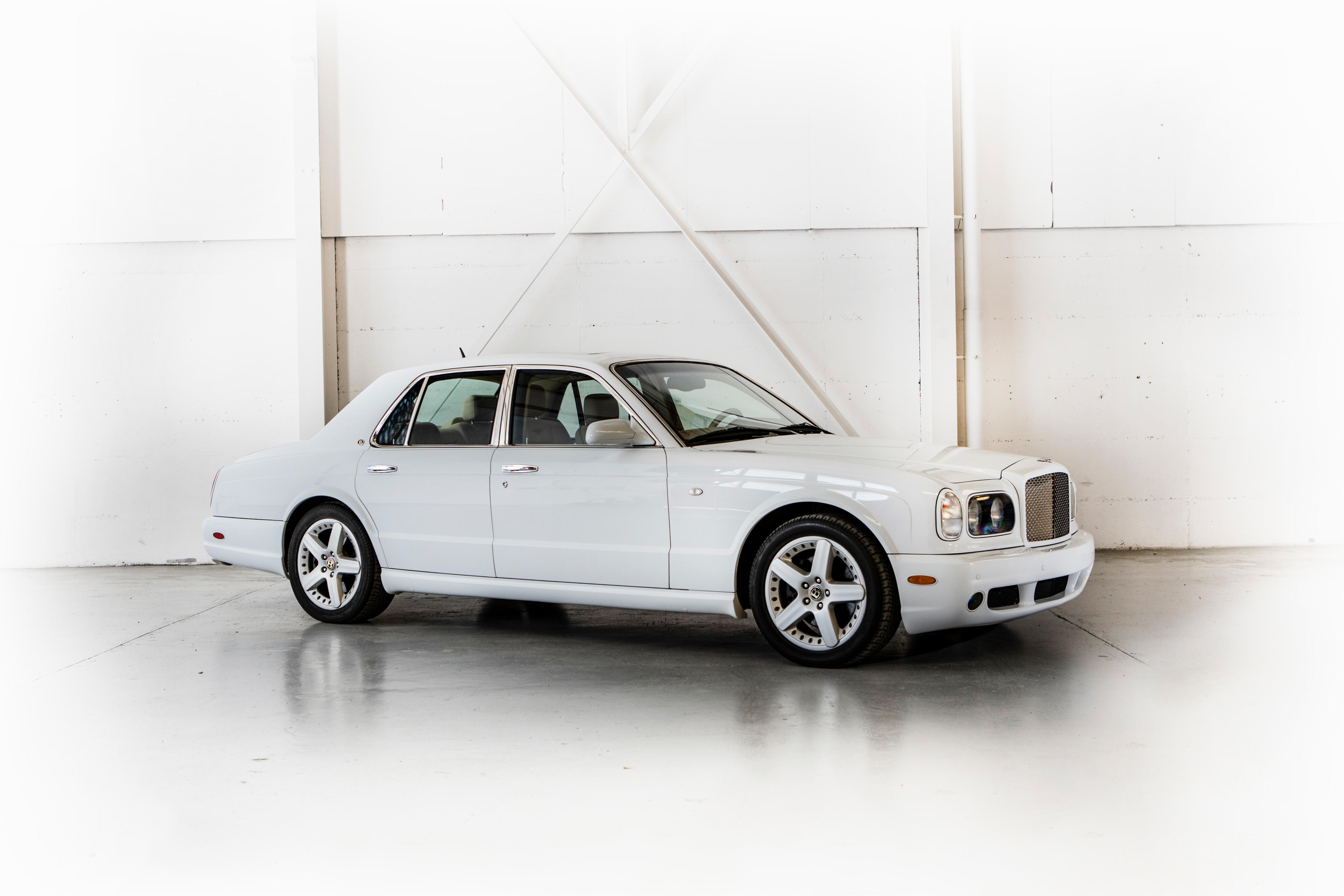
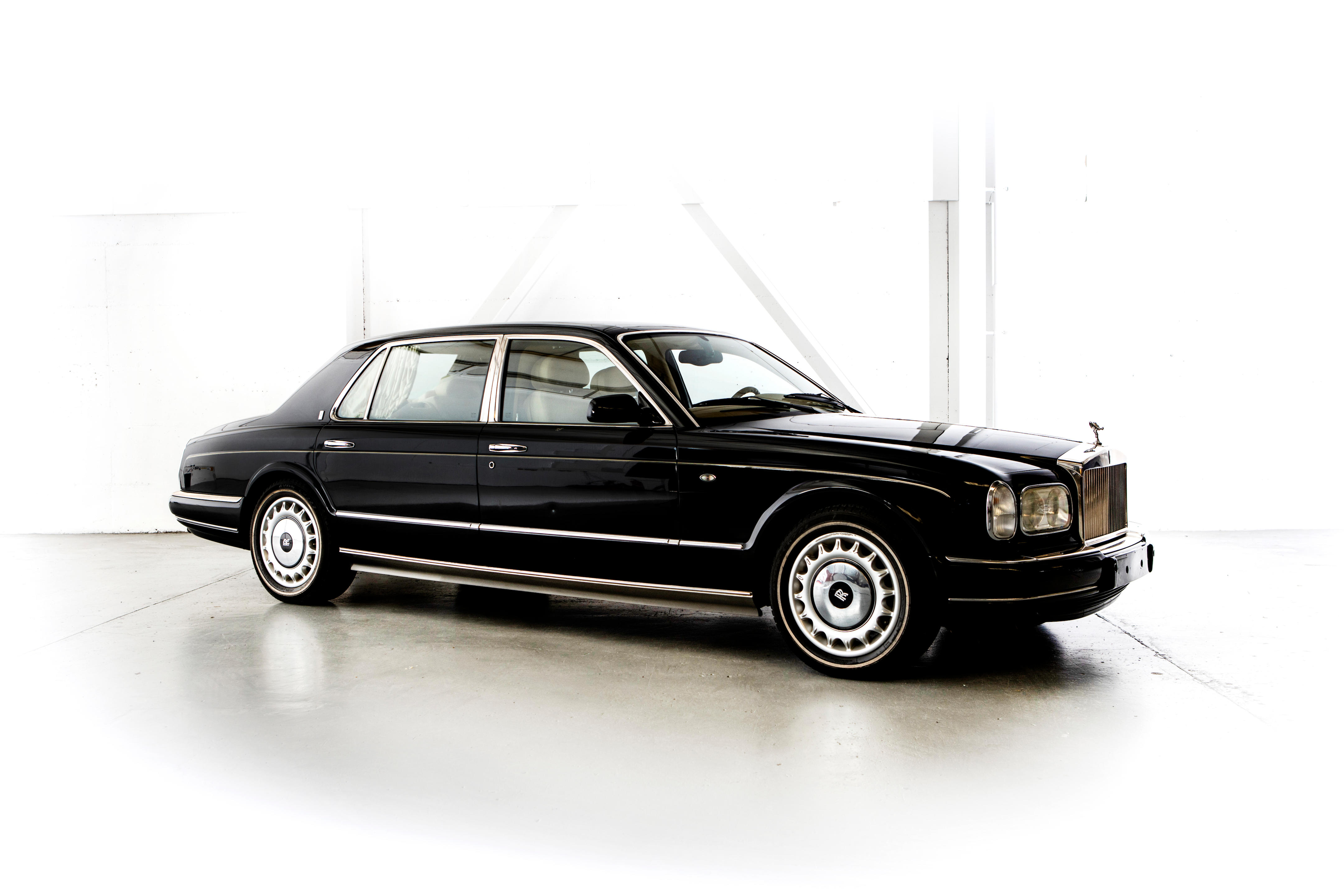
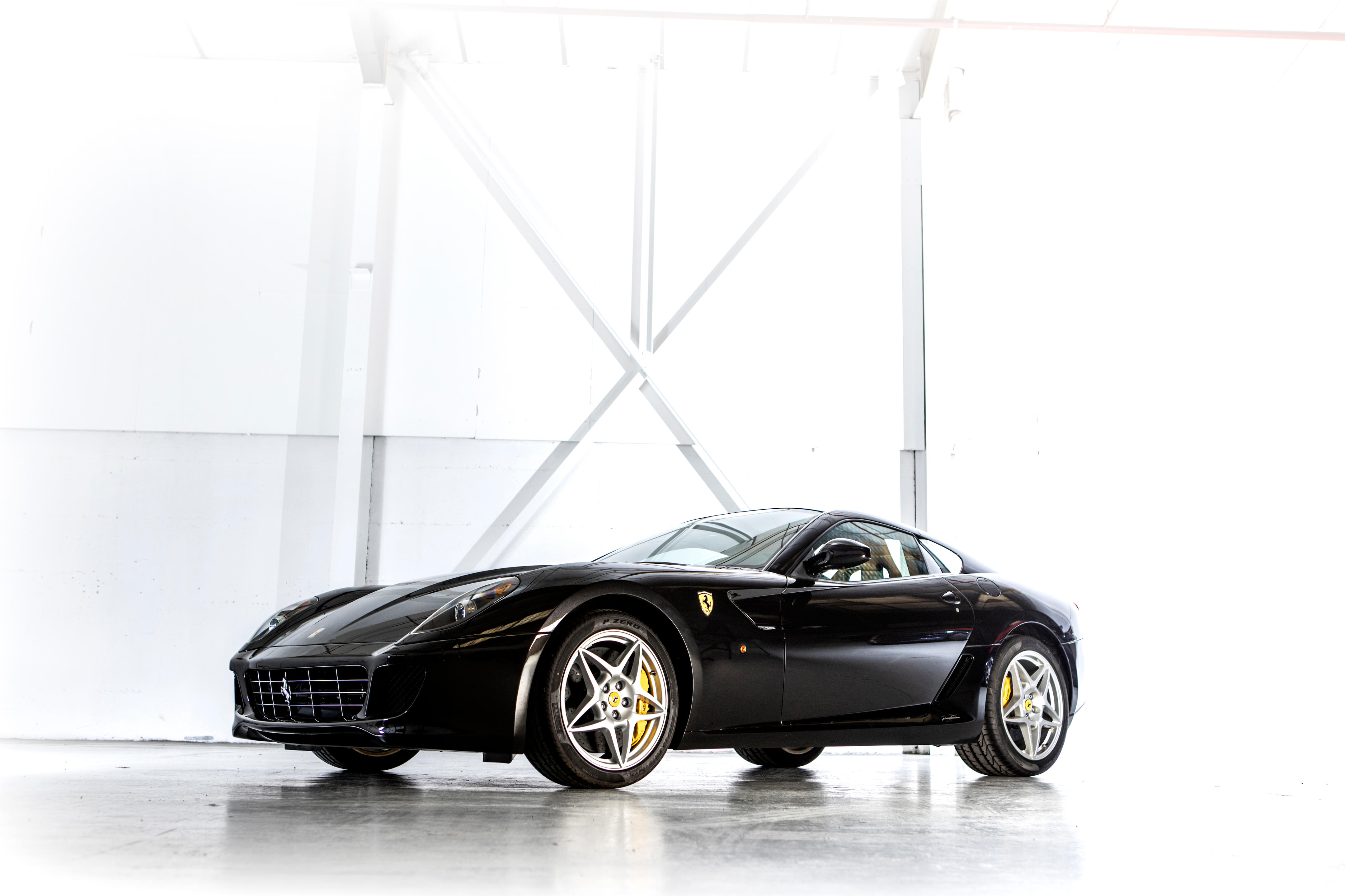
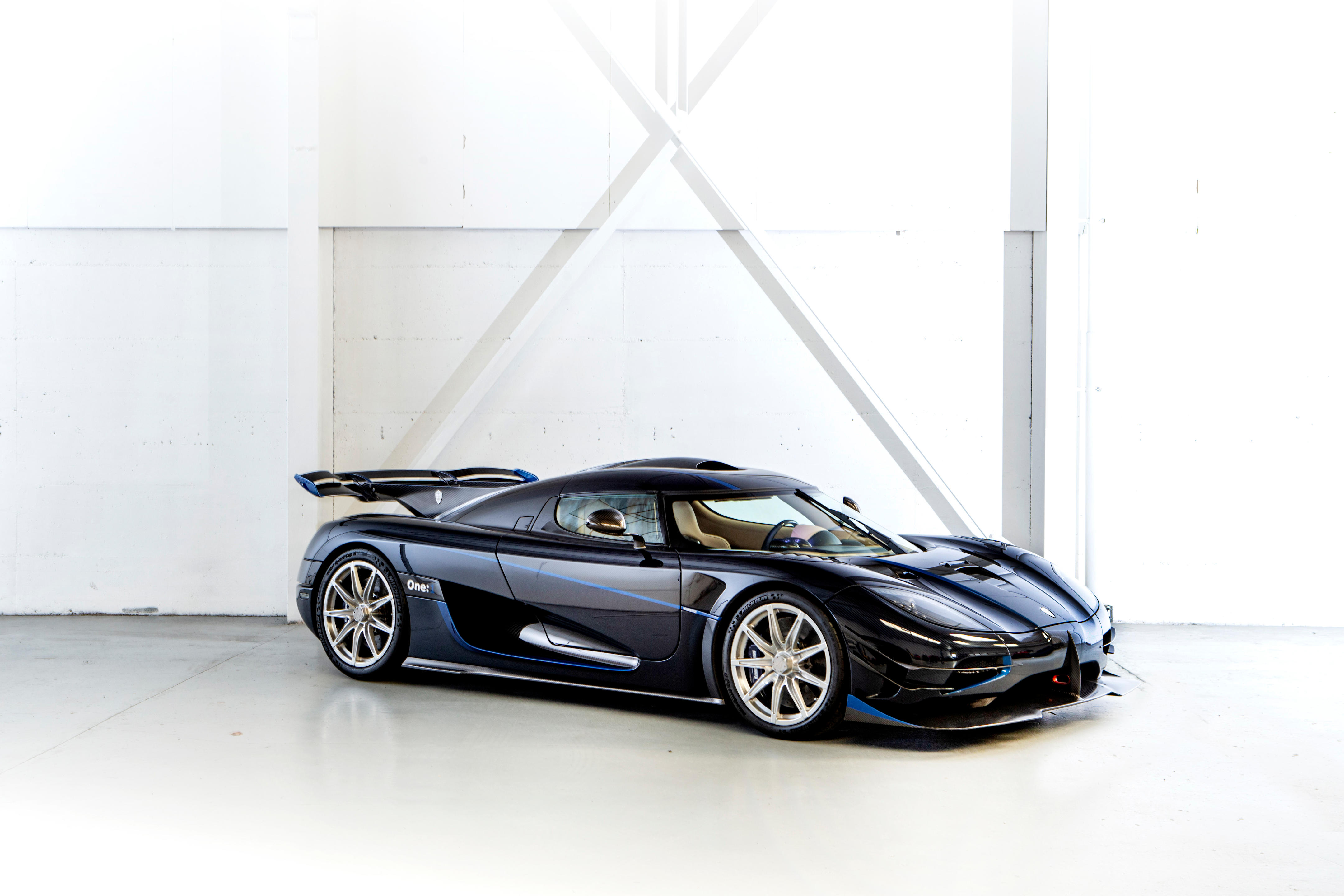
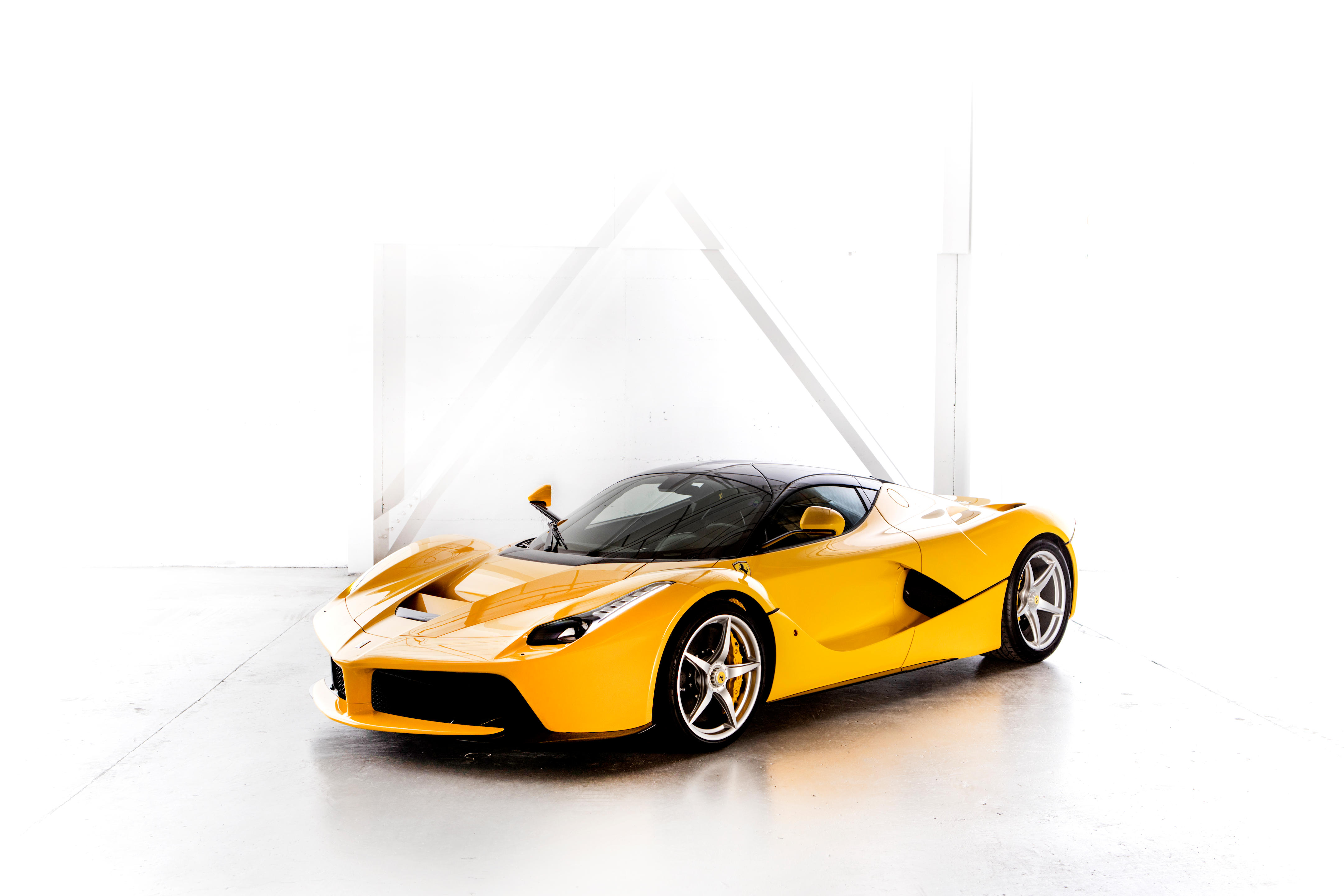

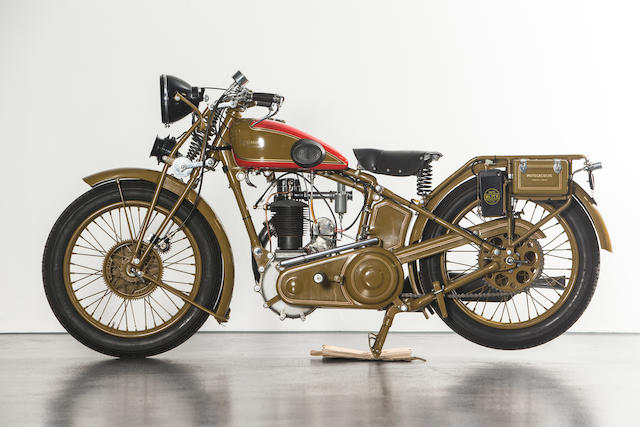
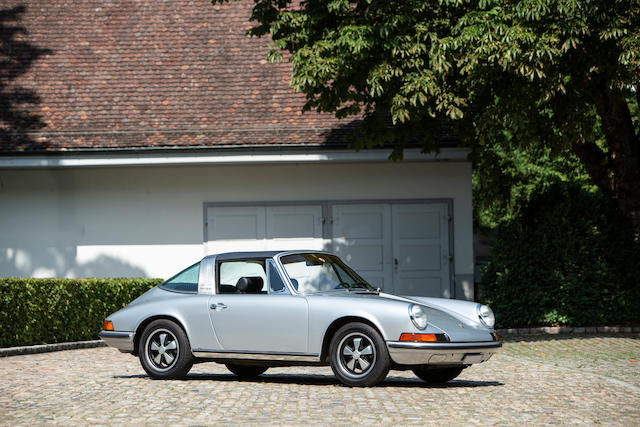
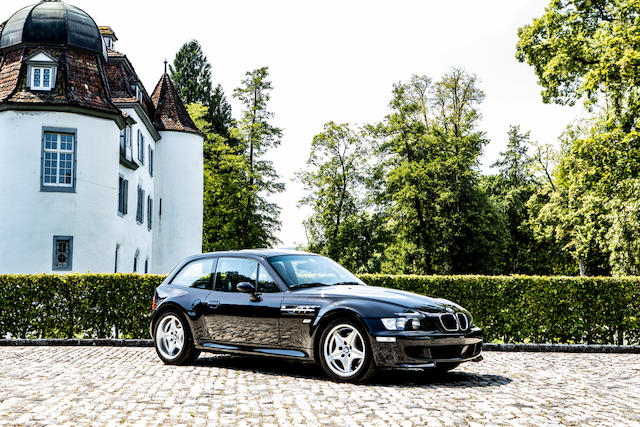
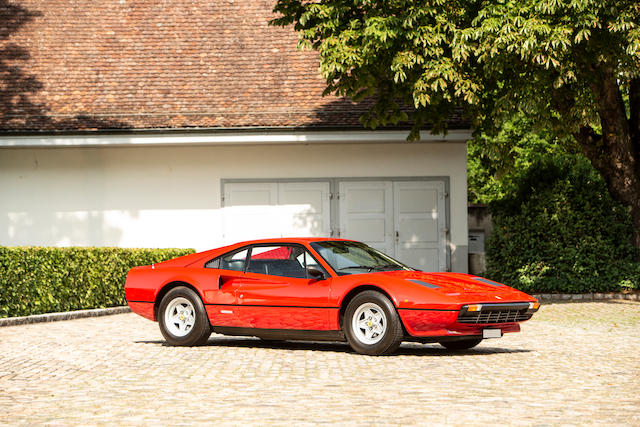
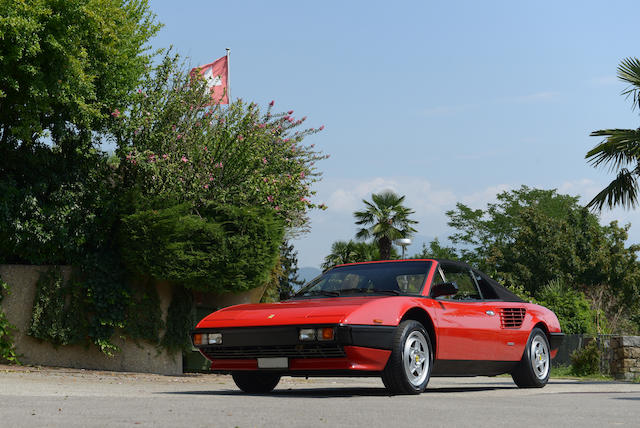
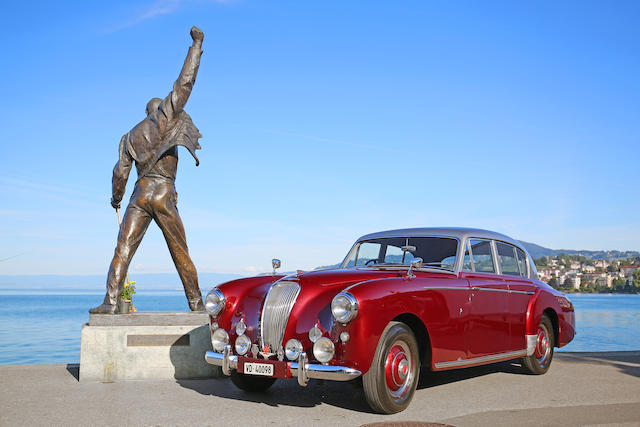
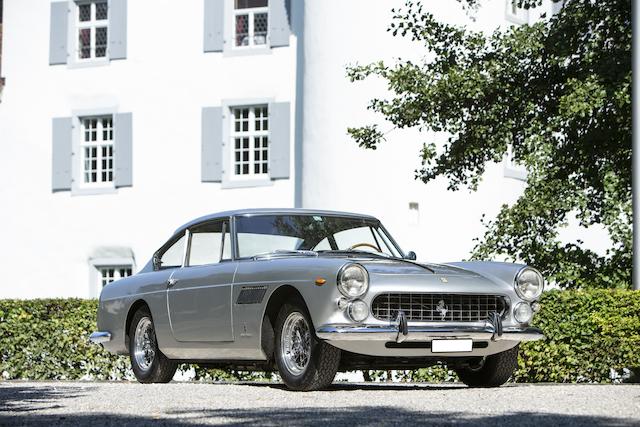
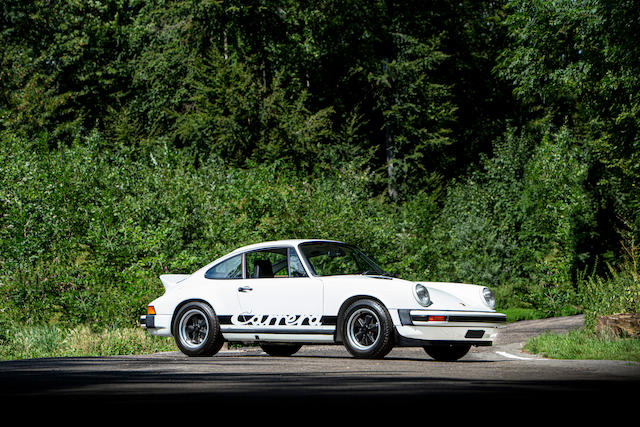
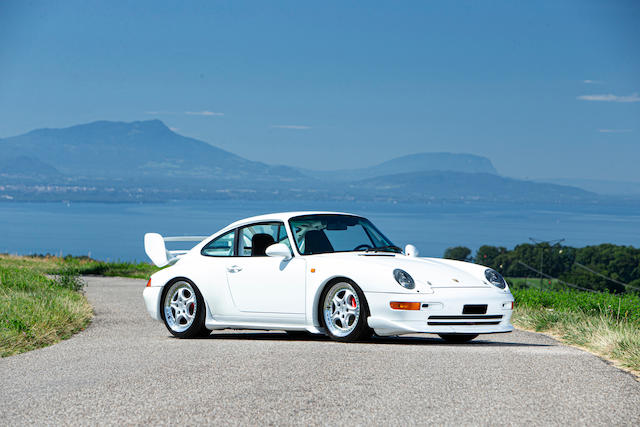
Try LotSearch and its premium features for 7 days - without any costs!
Be notified automatically about new items in upcoming auctions.
Create an alert